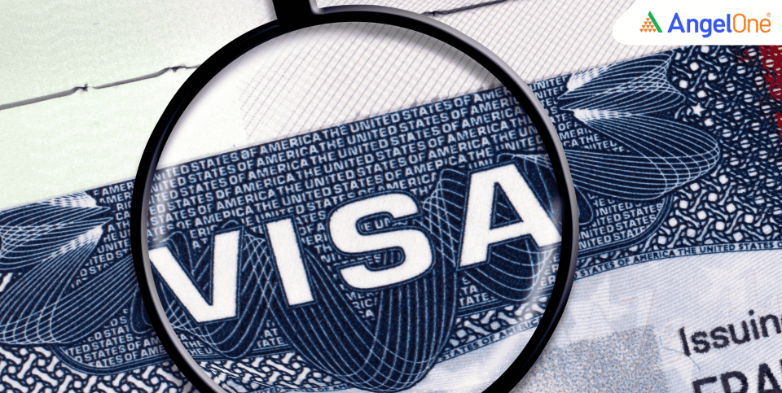
The U.S. Citizenship and Immigration Services (USCIS) will only accept electronic payments for all petitions and applications, including H-1B, green card, and work authorisation filings. The move aims to modernise the payment system and improve processing efficiency.
Under the new rule, USCIS will no longer accept paper checks or money orders for any form that requires a filing fee. All applicants must pay fees electronically using either a U.S. bank account or a credit/debit card. Payments made from non-U.S. bank accounts will be automatically rejected.
This change impacts a wide range of individuals and organizations, including foreign workers, students, employers, immigration attorneys, and educational institutions that handle filings on behalf of applicants.
USCIS has introduced two main electronic payment options:
Applicants who do not have a U.S. bank account cannot use the ACH debit option. However, they may still pay through U.S.-issued or prepaid credit cards using Form G-1450. This ensures that foreign nationals, including students and H-1B applicants, can still complete payments without maintaining a U.S. bank account.
The rule applies to all USCIS petitions and applications that require filing fees. These include:
If a payment fails or comes from a non-U.S. account, the application will be rejected. Only limited categories remain fee-exempt, and hardship exemptions (via Form G-1651) are available for individuals who cannot pay electronically.
Applicants must ensure that their bank accounts or cards have sufficient funds to cover the required filing fees. Employers, universities, and sponsors handling multiple petitions are advised to update their internal payment systems to comply with the new rule before October 28.
Read more: Upcoming Dividends in November 2025: RailTel, HUL, and GRSE, Among Others.
The new USCIS electronic payment mandate marks a major shift in the U.S. immigration filing process. By eliminating paper payments, the agency aims to make transactions faster, safer, and easier to track. However, applicants must adapt quickly, as payments from non-U.S. accounts or failed transactions will no longer be accepted.
Disclaimer: This blog has been written exclusively for educational purposes. The securities mentioned are only examples and not recommendations. This does not constitute a personal recommendation/investment advice. It does not aim to influence any individual or entity to make investment decisions. Recipients should conduct their own research and assessments to form an independent opinion about investment decisions.
Investments in the securities market are subject to market risks. Read all the related documents carefully before investing.
Published on: Oct 31, 2025, 11:39 AM IST

We're Live on WhatsApp! Join our channel for market insights & updates